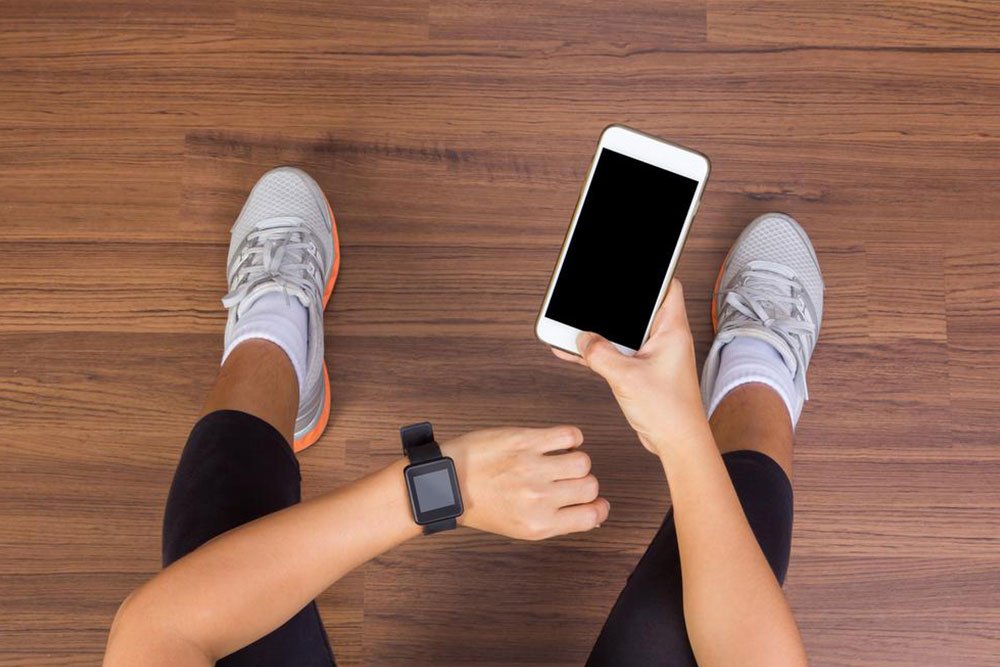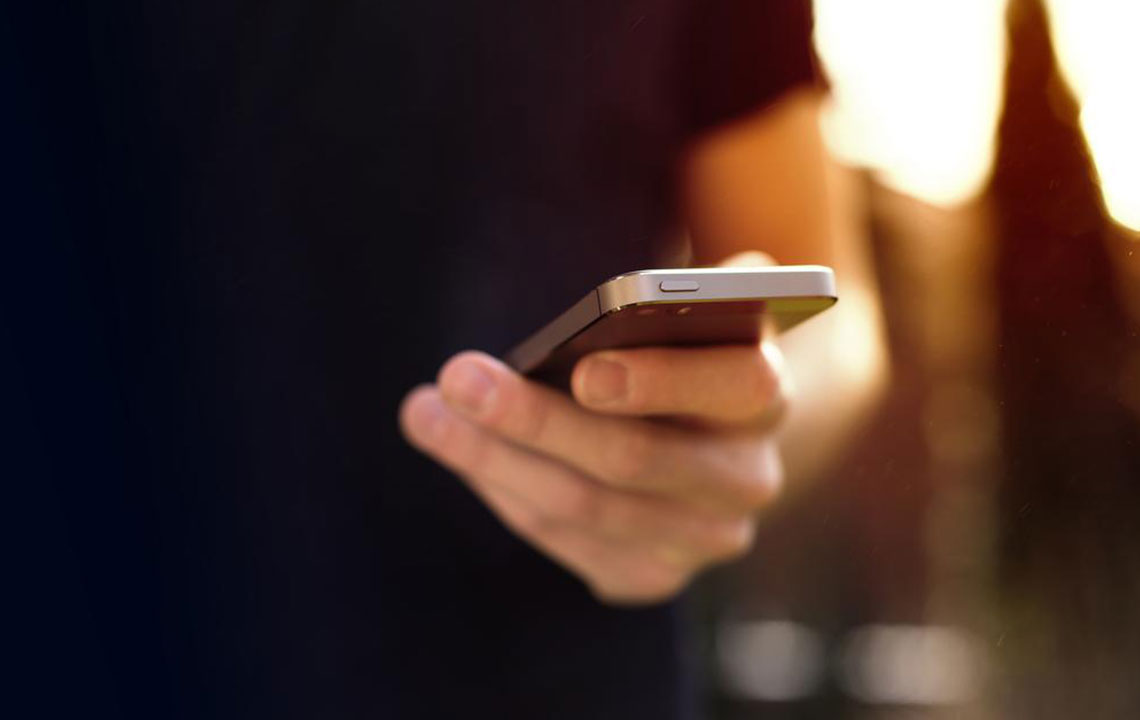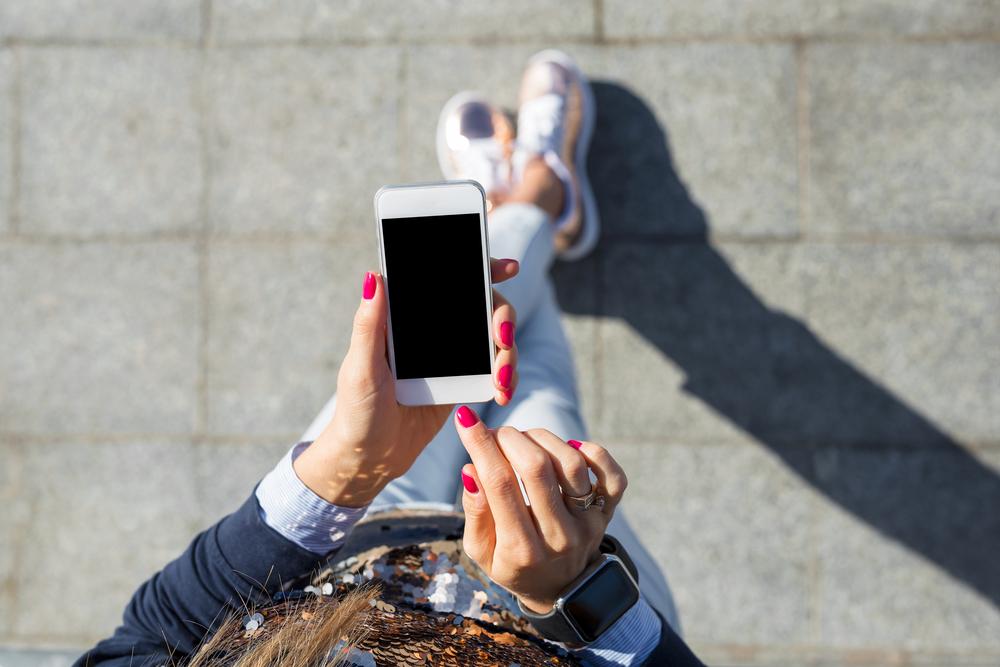Understanding How the Lifeline Assistance Program Supports Low-Income Communities
The Lifeline Assistance Program provides free or discounted mobile phones and services to low-income individuals, ensuring vital communication access. Initiated to bridge the digital gap, the program involves federal funding and state-specific benefits. Partner companies like SafeLink distribute devices to eligible participants, helping them stay connected for essentials like healthcare and job searches. This initiative continues to support millions, emphasizing affordable access to communication tools for those in need.

Understanding How the Lifeline Assistance Program Supports Low-Income Communities
The Lifeline Assistance Program, initially launched as a response to the need for affordable communication tools, aims to provide free or discounted phones to those in financial need. Its roots trace back to the FCC's Universal Access Initiative during the Reagan era, designed to ensure equal access to telecommunications. Over time, legislation like the 1996 Telecommunications Act mandated that providers contribute to programs supporting low-income populations. Today, the program offers subsidized phones and services, helping millions stay connected.
Eligible participants typically have household incomes below a certain threshold or qualify through participation in programs like Medicaid or food assistance. The program, funded federally and administered locally, varies by state in terms of benefits and eligibility criteria. Partnering companies such as SafeLink Wireless and Assurance Wireless distribute government-approved devices to qualifying individuals. These programs often cover installation costs and provide basic service plans, including talk and text features. Known as Lifeline or Link-Up, these initiatives aim to bridge the digital divide for underserved populations.










